How Can You Build and Maintain a Thriving Hydroponic Garden at Home?
- January 29, 2024
- 0 comment
Amid a growing movement towards sustainable living and homegrown produce, hydroponic gardening emerges as a beacon of innovation and efficiency. Unlike traditional gardening, hydroponics does not require soil, instead, plants are grown in a water-based, nutrient-rich solution. This method offers a multitude of benefits over conventional soil-based gardening, making it an increasingly popular choice for both hobbyists and serious gardeners alike.
Understanding Hydroponics
Hydroponics is a method of growing plants without soil. In this system, plants receive their nutrients from a mineral-rich water solution, allowing for more precise control over the plants’ nutritional needs. The roots are supported using an inert medium such as perlite, rock wool, or clay pellets.

There are several types of hydroponic systems, each catering to different needs and spaces. The Wick System, one of the simplest forms, uses a wick to draw nutrients to the plants. Deep Water Culture (DWC) submerges roots in a nutrient solution, providing excellent oxygenation. The Nutrient Film Technique (NFT) involves a continuous flow of nutrient solution over the roots suspended in air. Each system has its unique advantages and can be chosen based on the gardener’s specific requirements.
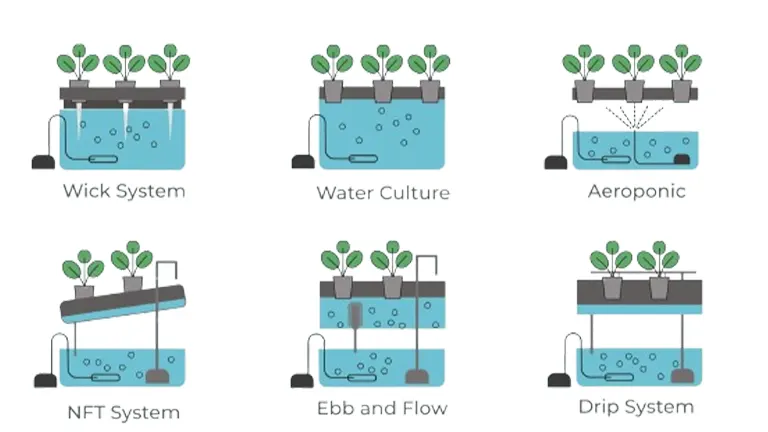
The success of a hydroponic garden hinges on the balance of water, nutrients, and light. Plants in a hydroponic setup rely entirely on the nutrient solution for their nutritional needs, while lighting, especially in indoor setups, is crucial for photosynthesis and growth.
Planning Your Hydroponic Garden
When planning a hydroponic garden, the first consideration is space. Whether setting up indoors or outdoors, the amount of available space will dictate the size and type of hydroponic system you can accommodate. Indoor systems offer year-round growing capabilities, while outdoor systems can utilize natural light.
Decide on the Location
Indoor vs Outdoor
Consider where your system will be placed. Indoor systems offer year-round growing but may require additional lighting. Outdoor systems can utilize natural light but are subject to weather conditions. Determine the amount of daily light your plants will need, typically 12-16 hours for most plants.
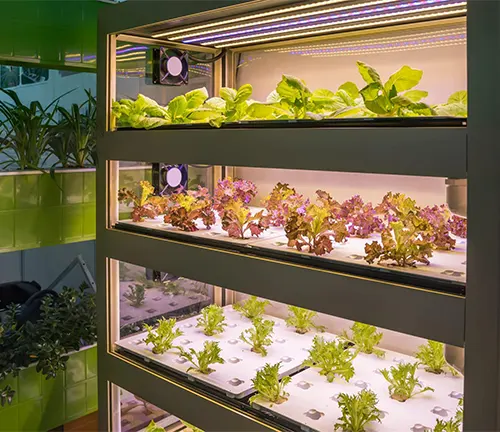

If your garden is indoors, plan for artificial lighting. LED or fluorescent grow lights are popular choices. Match the system to the space you have available. Ensure there is enough room for the system itself and for you to work around it.
Choose the Right System
Research and choose a hydroponic system that fits your space and needs. Options include Deep Water Culture (DWC), Nutrient Film Technique (NFT), Ebb and Flow, and others.
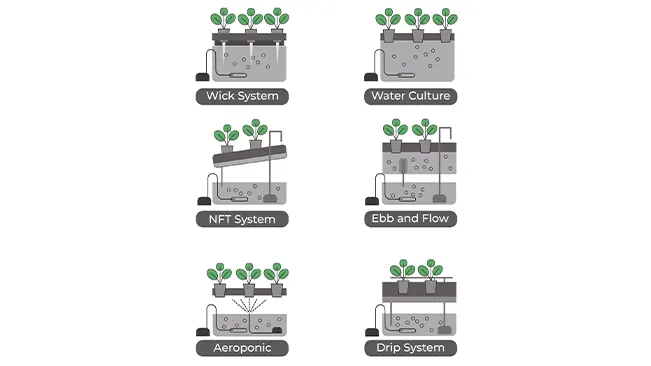
Select Suitable Plants
Choose plants that are well-suited to hydroponic growing and your level of experience. Leafy greens like lettuce and herbs are great for beginners. Consider the light, nutrient, and space requirements of your chosen plants.
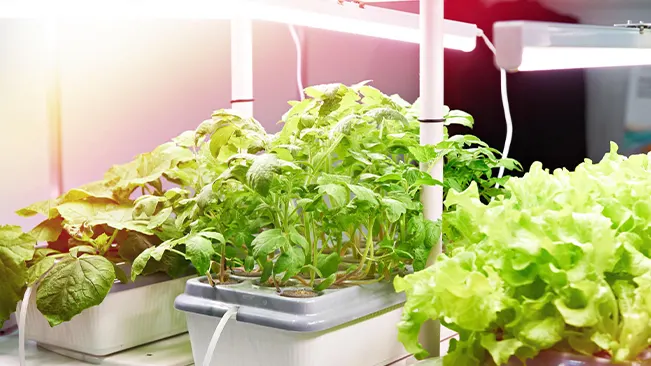
Nutrient Solutions
Purchase a hydroponic nutrient solution suitable for the type of plants you’re growing. Plan for regular monitoring and adjusting of nutrient levels in your system.

Budget Planning
Consider the initial setup costs (system, lights, nutrients) and ongoing costs (electricity, water, replacement parts).
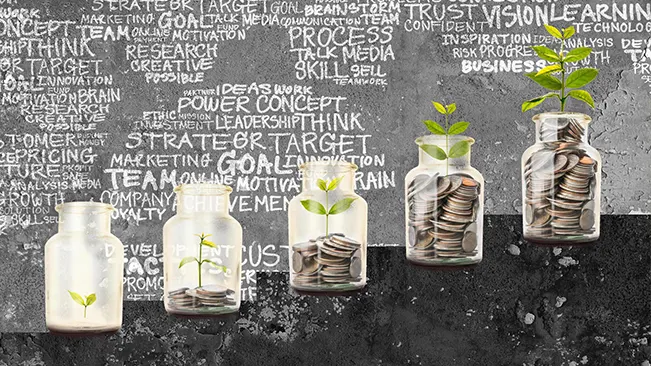
System Assembly and Testing
Once you have all the components, set up your hydroponic system according to the manufacturer’s instructions. Do a test run to ensure everything is working correctly before adding plants.

Maintenance Planning
Regular Checks: Plan a routine for checking and maintaining your system, including nutrient levels, pH balance, and lighting.

Selecting the right hydroponic system involves assessing your space, budget, and the level of maintenance you are willing to undertake. Additionally, choosing the right plants is crucial; while many plants thrive in hydroponic systems, some, like leafy greens and herbs, are particularly well-suited for beginners.
Setting Up Your Hydroponic System
Setting up a hydroponic garden involves several steps. First, assemble the necessary equipment, which includes the hydroponic system, a lighting setup for indoor gardens, nutrient solutions, and a pH testing kit. Ensuring the water quality is paramount, as is preparing the correct nutrient solution concentration.
Choose a System: Select a hydroponic system like Deep Water Culture (DWC), Nutrient Film Technique (NFT), or Ebb and Flow based on your space, budget, and plant types.
Gather Supplies: Acquire a container or reservoir, hydroponic nutrients, a pH test kit, grow lights (for indoor setups), an air pump and air stone (for systems like DWC), net pots, and a growing medium like Rockwool or clay pebbles.
Set Up the Container: If using multiple plants, drill holes in the lid of the container for the net pots. Ensure the container is opaque to prevent algae growth.
Install Air Pump and Air Stone: (For DWC and similar systems) Place the air stone in the water reservoir and connect it to the air pump outside the container to oxygenate the water.
Add Water and Nutrients: Fill the reservoir with water and mix in the hydroponic nutrients. Check and adjust the pH level to the ideal range for your plants (usually between 5.5 and 6.5).
Prepare and Insert Plants: Place seedlings or seeds in the net pots with the growing medium. Insert the net pots into the prepared holes in the lid so that the roots reach the nutrient solution.
Set Up Lighting: Install grow lights above the system, ensuring they provide sufficient coverage and intensity for your plants.
Monitor and Maintain: Regularly check and adjust the nutrient solution, pH levels, and light. Keep an eye on plant growth and address any issues like pests or diseases promptly.
Maintaining Your Hydroponic Garden
Regular maintenance is key to a successful hydroponic garden. This includes daily checks of the system, weekly nutrient and pH level adjustments, and monthly system cleanings. Effective pest control and disease prevention are also crucial and can often be managed using organic methods.
Monitor Nutrient Solutions Regularly: Check and replenish the nutrient levels in your system frequently. Over time, plants consume nutrients, so it’s essential to add more to keep them at optimal levels.
Maintain Proper pH Levels: Regularly test the pH of your water. Most hydroponic plants prefer a slightly acidic environment (pH 5.5 to 6.5). Use pH up or down solutions to adjust the pH as necessary.
Ensure Adequate Lighting: If you’re growing indoors, provide sufficient light for your plants. LED or fluorescent grow lights are good options. Most plants require about 12-16 hours of light per day.
Control the Environment: Keep the temperature and humidity at levels suitable for your plants. A general range is 65-75°F (18-24°C) for temperature. Use fans or humidifiers/dehumidifiers if needed to regulate the environment.
Regular Inspection for Pests and Diseases: Check your plants regularly for signs of pests or diseases. Address any issues promptly using appropriate pest control methods, preferably organic.
Prune and Harvest Timely: Regularly prune any dead or overgrown foliage to encourage healthy growth. Harvest mature plants to stimulate further production.
System Maintenance: Clean and sanitize your hydroponic system between planting cycles to prevent the buildup of pathogens.
Troubleshooting Common Issues
Common issues in hydroponic gardening include nutrient deficiencies, root rot, and pH imbalances. Recognizing these problems early and understanding how to address them is vital for the health of the garden.
Nutrient Deficiencies
Symptoms: Yellowing leaves, stunted growth, leaf curling.
Causes: Imbalanced nutrient solution, incorrect pH levels hindering nutrient uptake.
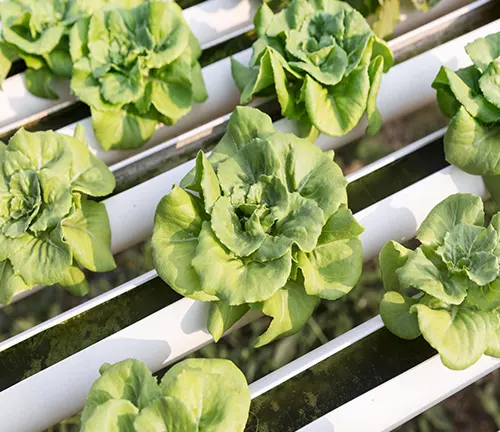
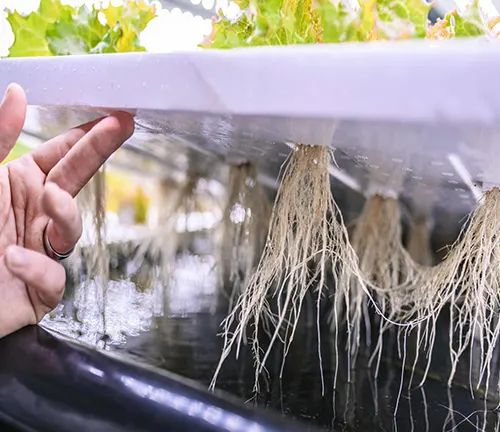
Root Rot
Symptoms: Brown, slimy roots, wilting plants.
Causes: Poor oxygenation of water, overwatering in certain systems, bacterial/fungal infections.
Algae Growth
Symptoms: Green, slimy substance in the water or on surfaces.
Causes: Excess light exposure to nutrient solutions, and high nutrient levels.


pH Imbalances
Symptoms: Nutrient deficiencies, and poor plant growth.
Causes: Inadequate monitoring and adjustment of pH levels.
Pest Infestations
Symptoms: Visible insects, damaged leaves, stunted growth.
Causes: Contaminated plants or growing mediums, lack of preventive measures.
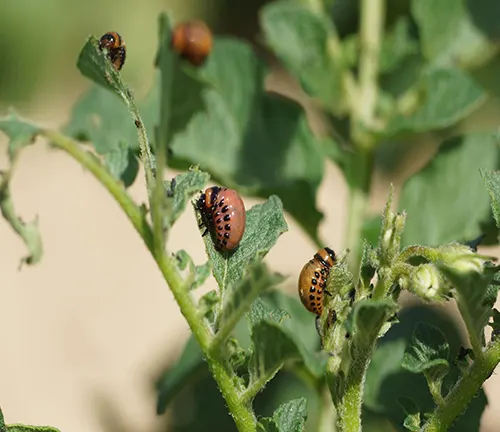

Insufficient Lighting
Symptoms: Leggy, weak plants, poor fruiting or flowering.
Causes: Inadequate light intensity or duration, improper light spectrum.
Temperature Extremes
Symptoms: Wilting, slow growth, heat stress, or cold shock in plants.
Causes: Poor environmental control, and extreme ambient temperatures.
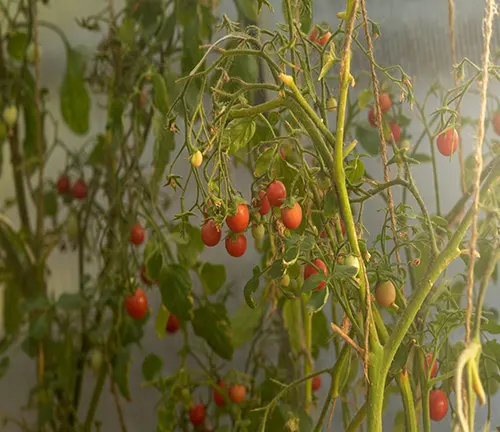
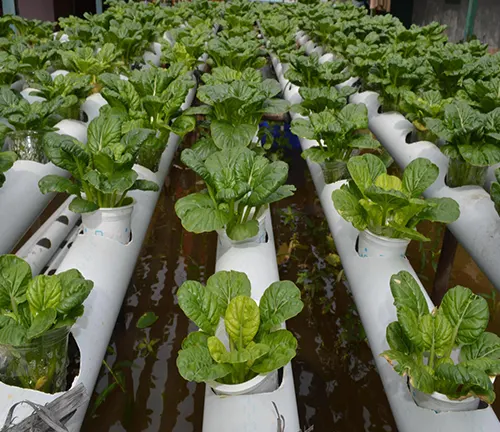
Poor Water Quality
Symptoms: Stunted growth, nutrient imbalances.
Causes: Using unfiltered or contaminated water, buildup of salts or minerals.
Inadequate Air Circulation
Symptoms: Mold growth, weak stems, poor transpiration.
Causes: Lack of fans or ventilation in indoor setups.
Electrical Failures
Symptoms: Sudden plant stress, system malfunctions.
Causes: Power outages, faulty pumps or timers.
Recognizing these issues early and understanding their causes is key to maintaining a healthy hydroponic garden. Regular monitoring, proper system setup, and routine maintenance can help prevent many of these problems.
Harvesting and Enjoying Your Produce
Harvesting in hydroponic systems can be quite rewarding. Understanding the right time and method to harvest each plant will ensure maximum yield and flavor. Preserving and using your hydroponic produce can be a delightful experience, often shared through recipes and gardening tips.
Timely Harvesting
Identify the right time to harvest your plants, which varies depending on the species. Leafy greens are often ready when they reach a suitable size, while fruiting plants should be harvested when the fruits are ripe.

Gentle Technique
Use a sharp pair of scissors or a knife to cut the produce. Be gentle to avoid damaging the plant, especially if it will continue to grow and produce.

Regular Picking
For continuous producers like lettuce or herbs, regular picking encourages more growth. Harvest only what you need to keep the plants productive. One of the joys of hydroponic gardening is that you can enjoy your produce immediately after harvesting, offering the freshest possible flavors.
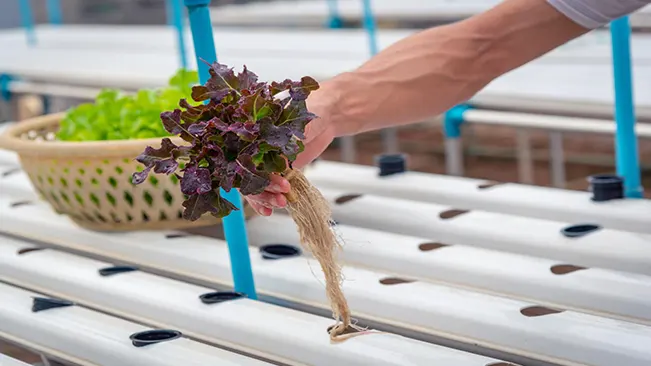
Storage
If you need to store the produce, keep it in a refrigerator. Most leafy greens and herbs stay fresh when kept in airtight containers or plastic bags. Share excess produce with friends and family, or explore preserving methods like drying, freezing, or pickling for longer-term storage.

Experiment with Recipes
Use your homegrown produce in various recipes to fully appreciate the flavors. Fresh, homegrown ingredients can significantly enhance the taste of your meals.

Sustainability and Eco-Friendliness
Hydroponic gardening is not only efficient but also environmentally friendly. It uses significantly less water than soil-based gardening and can reduce the use of pesticides and herbicides. By implementing sustainable practices, hydroponic gardeners can contribute positively to the environment.
Water Efficiency
Hydroponics is significantly more water-efficient than traditional soil gardening. The closed system recycles water, reducing overall usage, which is especially beneficial in areas with water scarcity.
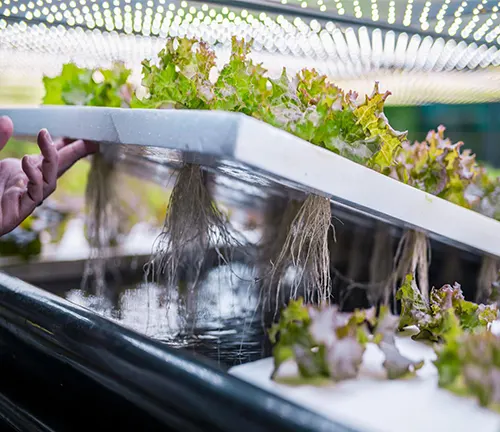

Reduced Use of Pesticides and Herbicides
Since hydroponic systems are often set up indoors or in controlled environments, there’s a lower risk of pests and diseases, leading to reduced need for chemical pesticides and herbicides. This is beneficial for the environment and for growing organic produce.
Less Land Use and Soil Degradation
Hydroponics doesn’t require fertile land, allowing cultivation in urban or non-arable areas. It also prevents soil degradation and erosion associated with traditional agriculture.
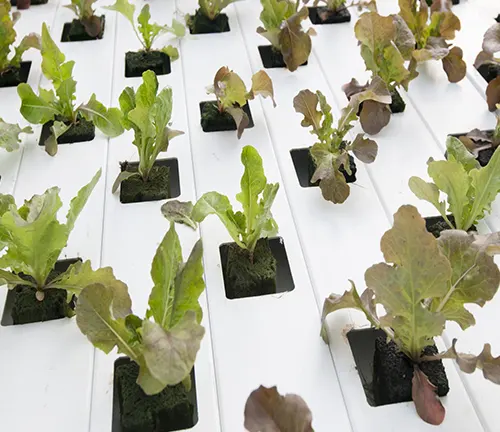

Lower Carbon Footprint
Growing food at home reduces the need for transportation and associated carbon emissions. By reducing the distance food travels from ‘farm to table’, hydroponics can contribute to lower carbon footprints.
Energy Efficiency
While hydroponic systems do use energy, especially for lighting and water pumps, advances in LED lighting and energy-efficient pumps have reduced their energy consumption. Using renewable energy sources can further increase sustainability.
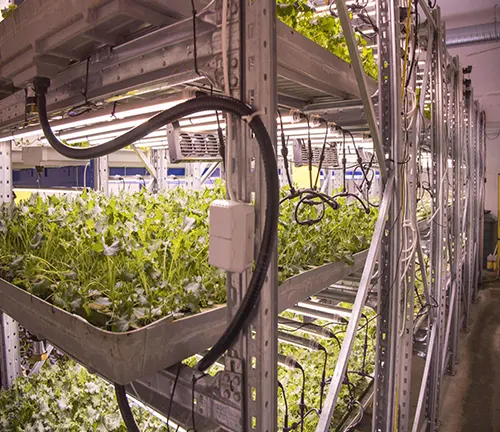

Controlled Environment
Hydroponics allows for year-round growing in controlled environments, reducing the need for seasonal transport of produce from different regions or countries.
Local Production
By growing food at home, you contribute to local food production, reducing reliance on large-scale agriculture and long supply chains.
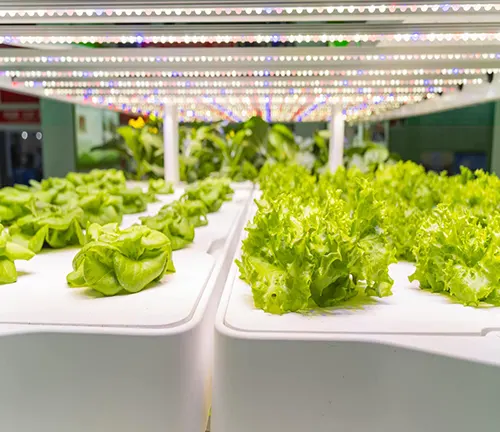
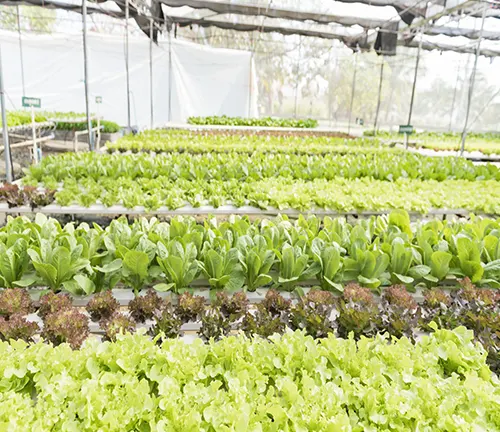
Reduction in Fertilizer Runoff
Traditional soil-based agriculture can lead to fertilizer runoff, which affects water bodies. Hydroponics contains nutrients within a closed system, preventing such environmental contamination.
Adaptability to Climate Change
As weather patterns become more unpredictable, hydroponics offers a way to grow food in controlled environments, unaffected by external climate conditions.
Potential for Upcycling Materials
Many hydroponic systems can be built using upcycled materials, which further enhances their sustainability.
While hydroponic systems are not without their environmental impacts, especially concerning energy use and the production of system components, they offer a more sustainable alternative to traditional soil-based gardening in many respects. By adopting eco-friendly practices, such as using renewable energy sources and recycling water, the sustainability of hydroponic gardening can be further enhanced.
Conclusion
Hydroponic gardening opens up a world of possibilities for growing fresh produce at home. With the right setup, maintenance, and care, anyone can enjoy the benefits of this efficient and sustainable gardening method. For those looking to delve deeper into hydroponics, numerous resources are available to help you on your journey to a thriving home garden.
Frequently Asked Questions (FAQs)
- What is hydroponics, and how does it differ from traditional soil gardening?
Hydroponics is a method of growing plants without soil, using nutrient-rich water solutions. It differs from traditional soil gardening as plants receive nutrients directly through water, and the growing medium provides support. - What are the essential components of a hydroponic system?
A basic hydroponic system includes a nutrient reservoir, a pump, a delivery system (drip, flood and drain, etc.), a growing medium, and pH/EC measurement tools. - How do I choose the right growing medium for my hydroponic setup?
Common hydroponic growing mediums include perlite, vermiculite, coco coir, and rockwool. The choice depends on the type of plants, system, and personal preferences. - What nutrients are essential for hydroponic plants, and how do I maintain the right nutrient balance?
Hydroponic plants require a mix of essential nutrients, including nitrogen, phosphorus, potassium, and micronutrients. Regular monitoring of nutrient levels and adjusting the solution accordingly is crucial. - How can I ensure proper pH levels in my hydroponic system?
pH plays a crucial role in nutrient absorption. Most plants prefer a pH range of 5.5 to 6.5. Regularly test and adjust the pH of the nutrient solution to keep it within the optimal range. - What types of hydroponic systems are available, and which one is best for beginners?
There are various hydroponic systems, such as Deep Water Culture (DWC), Nutrient Film Technique (NFT), and Ebb and Flow. For beginners, a simple system like DWC or Kratky method is often recommended. - How can I prevent and manage pests and diseases in a hydroponic garden?
Implement good hygiene practices, regularly inspect plants for signs of pests or diseases, and consider using biological controls or natural remedies to minimize the risk of infestations. - What lighting setup is ideal for hydroponic gardening, and how do I determine the right light intensity and duration?
LED, HPS, and fluorescent lights are commonly used in hydroponics. Calculate light requirements based on the type of plants being grown and adjust intensity and duration accordingly to mimic natural sunlight. - How often should I change the nutrient solution in my hydroponic system?
The frequency of nutrient solution changes depends on factors like plant growth stage, system type, and water evaporation. Generally, changing the solution every 1-2 weeks is recommended. - Can I use organic nutrients in a hydroponic system?
Yes, there are organic hydroponic nutrient solutions available. However, it’s essential to ensure compatibility with your system, as some organic nutrients may clog or interfere with certain setups.

Kristine Moore
Forestry AuthorI'm Kristine Moore, a seasoned garden landscaping professional with over 30 years of experience. My extensive career has been dedicated to transforming outdoor spaces into stunning, sustainable landscapes. With a deep understanding of horticulture, design principles, and environmental stewardship, I have become a respected figure in the field, known for creating harmonious, visually appealing, and eco-friendly gardens. My commitment to excellence and continuous learning in landscaping trends and techniques has solidified my reputation as an expert in garden design and implementation.


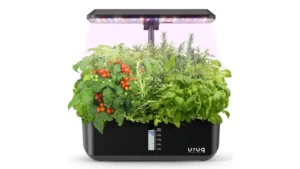
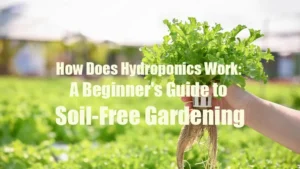

Leave your comment